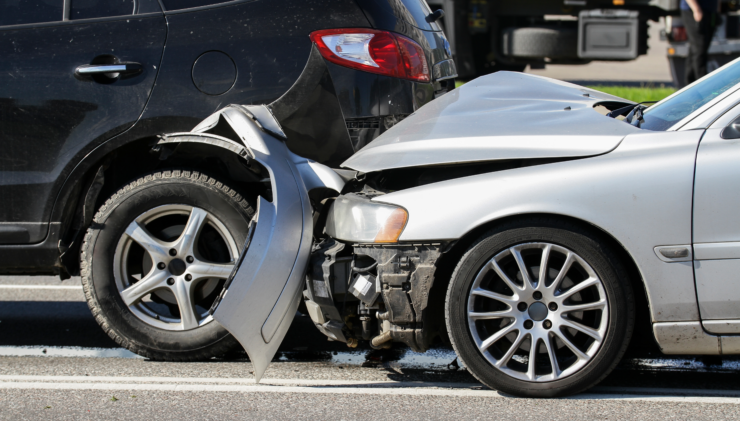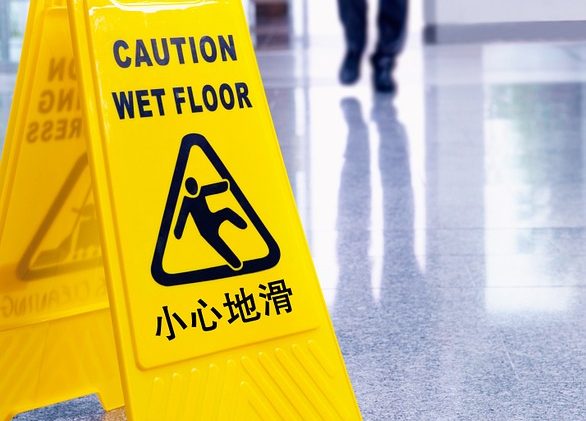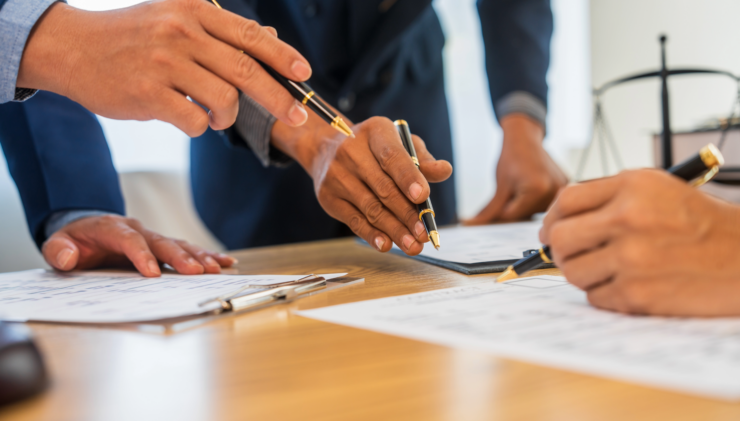 Auto Claims Trends: Frequency, Severity, Repair Costs, and Turnaround Times
Auto Claims Trends: Frequency, Severity, Repair Costs, and Turnaround TimesIt’s a busy day in your store. Customers are shopping, your team is ringing up sales and you’re making sure everything goes smoothly – only it doesn’t go smoothly. A customer falls. As you help her get the medical attention she needs for her injuries, you also worry about being sued.
The Consequences of a Slip and Fall
A slip and fall accident can lead to severe injuries, including back problems, broken bones and head trauma.
While falls can affect anyone regardless of age, for older adults, the prognosis is especially serious. According to the CDC, falls are the number one cause of injuries and deaths from injuries for older adults. In 2014, falls experienced by older Americans resulted in 7 million injuries and $31 billion in annual Medicare costs.
After a slip and fall, an injured person may sue—sometimes for millions of dollars.
A man in Phenix City, Alabama, was awarded $7.5 million after he fell in a Walmart store. AL.com reports that his foot became stuck in a pallet while he was reaching for a watermelon, causing him to fall and break his hip.
After a 49-year-old man fell in a Kroger grocery store, AJC reports that he was awarded $2.3 million in 2012. In addition to facing liability for the spinal injury that the man suffered, the store was sanctioned for destroying video evidence.
Preventing a Slip and Fall
Preventing all accidents may seem impossible. However, retail stores should take every precaution possible. This achieves two goals. First, it reduces the chance that a slip and fall will occur. Second, it reduces the liability you could face if an accident does occur, because it helps establish that your company fulfilled its legal obligation to take reasonable care in preventing accidents.
Below are some important guidelines to follow:
- Keep walkways clear of pallets, boxes and other items that could cause someone to trip.
- Avoid having cords or other tripping hazards in walkways. If it is necessary, ensure that the cord is safely covered to prevent tripping.
- Repair cracks in the flooring, torn carpet and other damage that could cause someone to trip.
- Provide good lighting so that people can see where they are stepping.
- Have employees regularly monitor the store for hazards, including dropped or spilled items.
- Respond to hazards such as spilled beverages immediately.
- Use caution signs to warn customer of wet floors when needed.
- Pay attention to outdoor areas as well. Provide good lighting and repair or report damage, such as cracked pavement or broken parking stops.
If a slip and fall does occur, professional medical care should be provided immediately. Keep in mind that some injuries may not be obvious initially, or the extent may not be clear. Document the incident thoroughly using photographs, video and witness testimony. Avoid making any statements that could be interpreted as an admission of guilt.
Heffernan Insurance is your commercial insurance and risk management partner. Contact us if you have questions.



